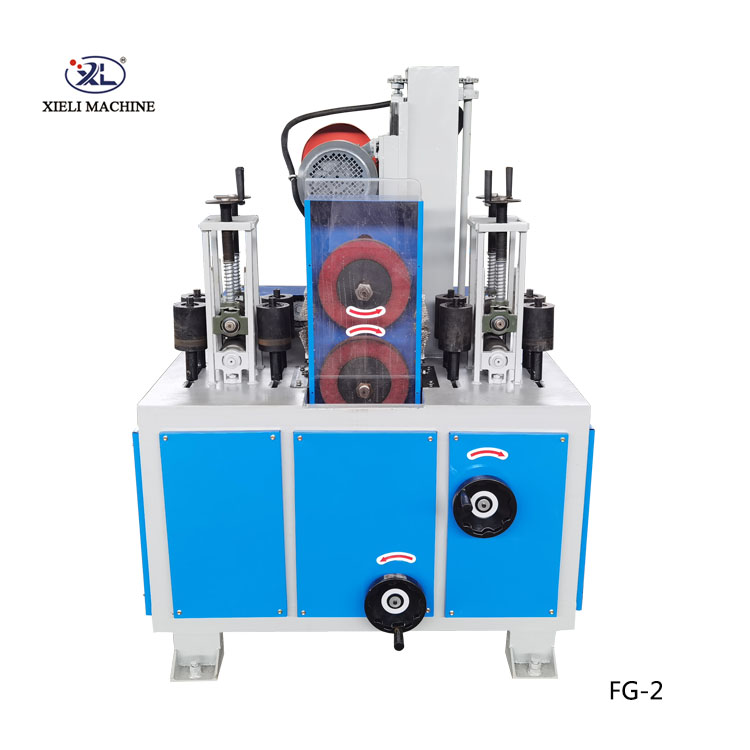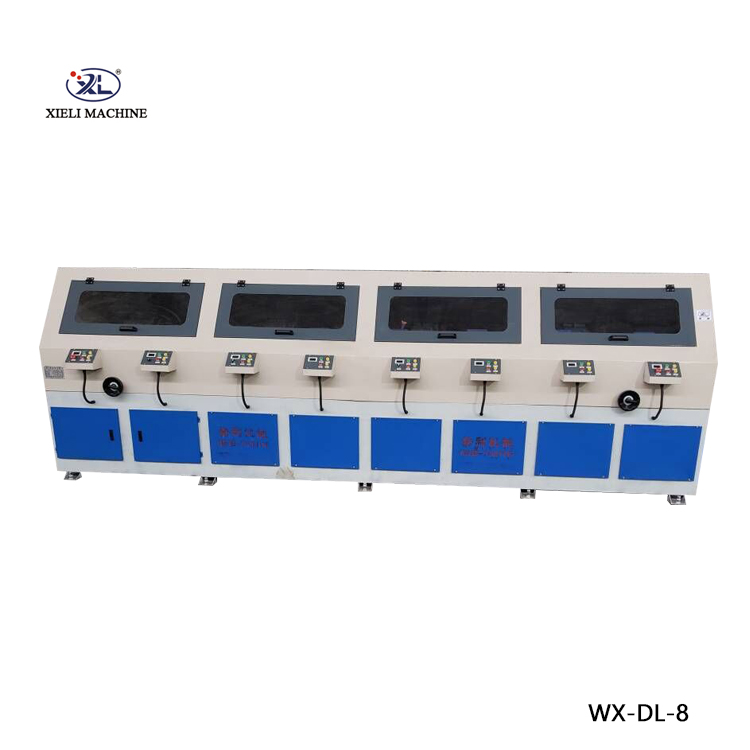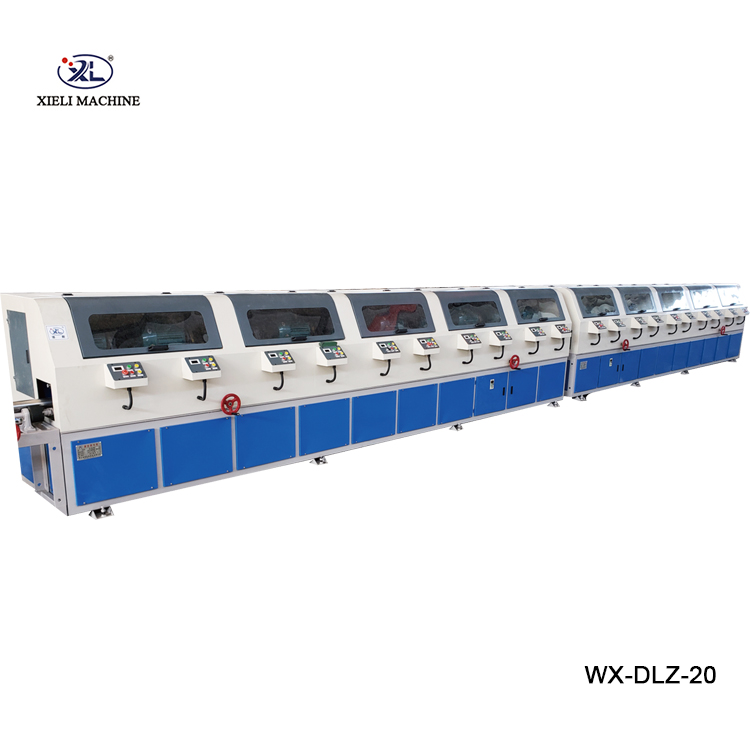CE Certification for CNC Centerless Grinders Ensuring Safety and Compliance
In today’s industrial landscape, machine tools play a crucial role in manufacturing, especially in precision engineering. Among these machines, the CNC (Computer Numerical Control) centerless grinder stands out as a vital tool for creating high-quality components with tight tolerances. However, with the increasing focus on safety, quality, and environmental compliance, CE certification has become an important standard for these machines, particularly for those being sold in the European market.
Understanding CE Certification
CE marking is a certification mark that indicates conformity with health, safety, and environmental protection standards for products sold within the European Economic Area (EEA). The CE mark is a declaration by the manufacturer that their product meets the essential requirements of the relevant directives. For CNC centerless grinders, this often involves compliance with multiple directives, including the Machinery Directive 2006/42/EC, Low Voltage Directive 2014/35/EU, and Electromagnetic Compatibility Directive 2014/30/EU.
Importance of CE Certification for CNC Centerless Grinders
1. Safety Assurance The primary objective of CE certification is to ensure the safety of machinery and equipment. CNC centerless grinders, being operated frequently in production settings, must comply with strict safety protocols to prevent accidents and injuries. The certification process evaluates various aspects, including mechanical hazards, electrical safety, and ergonomics, ensuring that the machine operates safely under normal conditions.
2. Market Access For manufacturers looking to sell their CNC centerless grinders in Europe, CE certification is not just beneficial; it is mandatory. Without the CE mark, products cannot be legally marketed in EEA countries. This requirement encourages manufacturers to focus on quality and compliance, fostering a competitive marketplace.
3. Quality Assurance CE certification involves rigorous testing and assessment of the machinery, ensuring that it meets established standards. This level of scrutiny leads to higher quality products that can withstand the demands of industrial use. When consumers see the CE mark, they can trust that the products have been tested for reliability and performance.
4. Environmental Compliance In addition to safety, the CE certification process also encompasses environmental considerations. Manufacturers must ensure that their CNC centerless grinders are designed and constructed in a way that minimizes environmental impact. This may involve using sustainable materials, reducing emissions during operation, and ensuring easy recyclability of components at the end of the product’s lifecycle.
5. Enhanced Reputation Achieving CE certification can enhance a manufacturer’s reputation within the industry. It signals a commitment to quality and compliance, which can be a deciding factor for potential customers. Businesses that prioritize compliance are often perceived as more trustworthy and responsible, attracting clients who value quality and safety in their supply chain.
ce certification cnc centerless grinder

The Certification Process
The process of obtaining CE certification for CNC centerless grinders typically involves several key steps
1. Identification of Applicable Directives Manufacturers must first determine which directives apply to their machines based on their design and intended use.
2. Risk Assessment A thorough risk assessment is conducted to identify potential hazards associated with the machine. This step is crucial in ensuring all safety concerns are addressed.
3. Technical Documentation Manufacturers must compile technical documentation that demonstrates compliance with the relevant directives. This documentation includes design specifications, test results, and user manuals.
4. Testing and Evaluation The machinery must be tested either by the manufacturer or an independent third-party organization to verify that it meets the required standards.
5. Declaration of Conformity Once all requirements are met, the manufacturer issues a Declaration of Conformity, and the CE mark can be affixed to the product.
6. Ongoing Compliance Maintaining CE compliance is an ongoing process. Manufacturers need to monitor their products continually and remain updated on any changes in legislation or standards.
Conclusion
CE certification for CNC centerless grinders is vital for ensuring safety, quality, and environmental compliance in manufacturing. It enables companies to access the European market, reinforces their commitment to excellence, and ultimately provides reassurance to users about the reliability of their machinery. As the industry evolves, maintaining these standards will be essential for sustaining competitiveness in the global marketplace.






